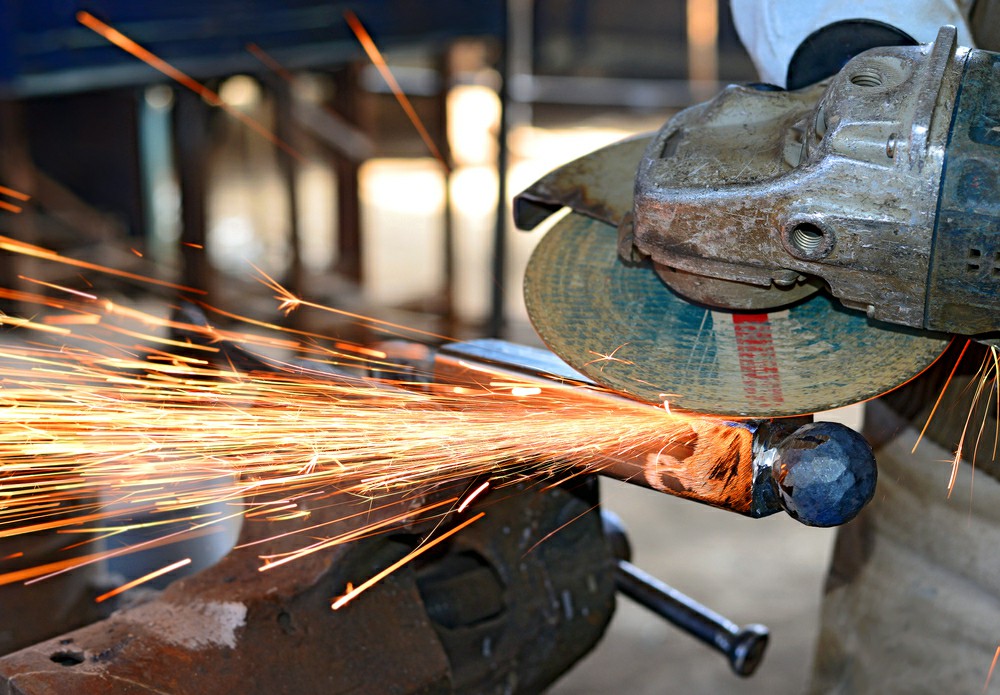Comprehensive Guide to Abrasive Wheels Risks: Ensuring Safety in Dublin, Cork, and Beyond
Abrasive wheels are essential tools in various industries, from manufacturing to construction. However, their use comes with significant risks that can lead to severe injuries or even fatalities. This guide aims to outline the hazards associated with abrasive wheels and provide actionable solutions for mitigating those risks through training and safety precautions.
Understanding Abrasive Wheels Risks
Abrasive wheels operate at high speeds and are used for cutting, grinding, and polishing materials. The risks involved often stem from the following:
- Wheel Breakage: When a wheel breaks during operation, it can project sharp fragments at high velocities, posing severe injury risks.
- Improper Usage: The lack of adherence to operational guidelines can result in accidents.
- PPE Shortcomings: Employees often neglect to wear proper personal protective equipment, increasing the risk of injury.
Common Workplace Hazards Associated with Abrasive Wheels
Understanding common hazards can help in developing effective safety protocols:
- Improper Mounting: Incorrectly mounted wheels can become unstable and break, so rigorous checks before use are crucial.
- Excessive Speed: Operating wheels beyond the recommended RPM can lead to catastrophic failures.
- Inadequate Training: Workers who are not adequately trained to use abrasive wheels are more likely to make mistakes that can lead to accidents.
Common Injuries Resulting from Abrasive Wheel Accidents
Injuries related to abrasive wheels can be serious and life-altering. Common injuries include:
- Cut and Laceration Wounds: Sharp fragments from a broken wheel can cause deep cuts.
- Eye Injuries: Debris can easily strike the eyes, leading to permanent damage.
- Hearing Loss: Prolonged exposure to high noise levels from abrasive wheel operations can lead to hearing impairment.
Mitigating Risks: Best Practices for Abrasive Wheel Safety
Implementing safety measures significantly reduces the chances of accidents:
- Proper Training: Consider enrolling your team in certified abrasive wheels training courses in **Dublin**, **Cork**, or **Galway**. Aim for Certified Abrasive Wheels Training to ensure compliance with safety regulations.
- Regular Equipment Inspections: Conduct routine inspections to ensure that wheels are mounted correctly and are free from damage.
- PPE Usage: Always enforce the use of proper protective gear such as face shields, safety goggles, and hearing protection.
The Role of Risk Assessments in Ensuring Safety
Regular risk assessments help identify potential hazards in the workplace, allowing you to take proactive measures. Here are some key steps in conducting a risk assessment:
- Identify tasks that involve the use of abrasive wheels.
- Evaluate current safety measures and identify gaps.
- Involve employees in discussions about potential hazards they encounter.
- Regularly revisit and update risk assessments to reflect any changes in processes or equipment.
Real-World Case Studies: Learning from Abrasive Wheels Accidents
Case studies provide insight into how accidents can occur despite safety protocols:
- Case Study 1: An employee in **Limerick** suffered severe eye injuries during grinding as they weren't wearing protective eyewear. This incident led to a complete overhaul of their training program.
- Case Study 2: In **Waterford**, a wheel failure due to improper RPM settings caused significant lacerations. After the incident, management emphasized the importance of adhering to manufacturer guidelines.
Call to Action: Enroll in Abrasive Wheels Training Today!
Don’t wait until it's too late. Ensure the safety of your workplace by investing in certified abrasive wheels training. Engage your workforce with specialized training sessions in **Dublin**, **Cork**, **Galway**, and **Limerick**. For inquiries, contact us at [email protected] or click here to learn more about our courses.



 349,500 Offered Certificates
349,500 Offered Certificates
 24/7 Online Training
24/7 Online Training
 Money Back Guarantee
Money Back Guarantee
 Fully Accredited Courses
Fully Accredited Courses
